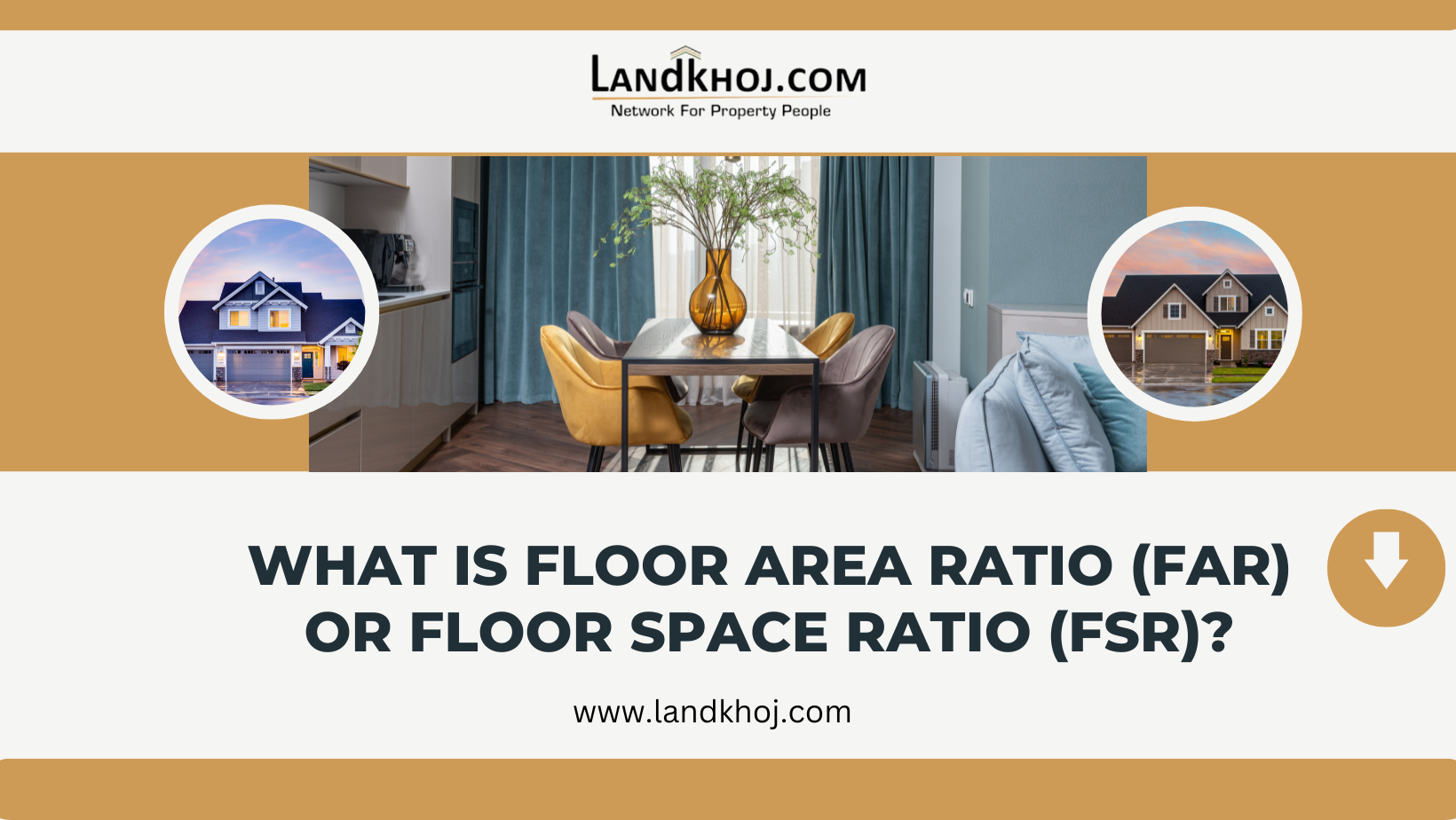
What is Floor Area Ratio (FAR) or Floor Space Ratio (FSR)?
While in the business of real estate development, there exist a number of terms and concepts which if understood efficiently determine the scale and scope of a prospective project. This term might be Floor Area Ratio (FAR) or Floor Space Ratio (FSR) and developers or builders, on the other hand, should highly consider this. Welcome to the blog, in this write-up we'll look at the birds and the bees of FAR/FSR (first affordable real estate/first-line service real estate), how it's measured and exactly why it is significant when it comes to real estate.
Definition of Floor Area Ratio (FAR) or Floor Space Ratio (FSR)
The building ratio or space ratio, shares the percentage of build up area to that of the plot or land. It is the ratio of total built-up floor area of a building with the size of the land upon which it has been constructed. In simpler words, this is the mathematical formula that decides the highest degree of built-up allowed for the given plot of land.
How is FAR/FSR Calculated?
The calculation of FAR/FSR is relatively straightforward:The calculation of FAR/FSR is relatively straightforward:
FAR/FSR = Total Built-up Area of the Building / Plot or Land Area
For example, if a building has a total built-up area of 10,000 square feet and is constructed on a plot of 5,000 square feet, the FAR/FSR would be 2 (10,000 sq ft / 5,000 sq ft).
Importance of FR/FSR in Real Estate
-
Density Control- FAR/FSR is therefore of vital significance for urban designers and zoning experts who can thereby establish rules of space utilization in any region. Thus, establishing acceptable FAR/FSR limits will enable a community to generate appropriate levels of infrastructure and resources relative to the population density.
- Resource Optimization- It is established that FAR/FSR of the land resource is optimized by defining the maximum permissible built-up area, thereby giving the same privilege to no one by over-development or under-utilization.
- Property Values- A property in a FAR/FSR with a higher area/square footage equal sometimes selling for a premium price because there is more built space and earning potential for investment.
- Compliance and Legality- Developers should follow the FAR/FSR regulations set by authorities that deal with buildings' to make certain that all projects are in accord with their laws.
Factors Influencing FAR/FSR
- Zoning Regulations- One of the most immediate impacts of zoning regulation on FAR and FSR limits, no matter the region, is the set of infrastructure, population density, and planning goals that are going to be taken into consideration.
- Building Type- Under the local zoning authorities the FAR/FSR limits may be laid down for different building types like residential, commercial, and industrial.
- Location- Specific restrictions can differ according to the location of the land, for example, maximum limits generally as central business districts may be open to higher levels while some suburban or rural residents may be limited by certain restrictions.
- Plot Size- In some cases, plot size may be proportionally correlated with plot density. That means the area of plots allowed to have a higher floor area ratio/plot ratio may be greater than the ones with a lower limit in order to cater for overcrowding.
Key Considerations for Buyers and Investors
The Main Factors Involved Regarding the Purchase or Investing:
- Living Space- For home buyers, a higher FAR/FSR could be interpreted as more living space within a given plot area. This is one of the things that may attract most people and we, therefore, need to embrace it as a developer.
- Investment Potential- Investors frequently target properties with FAR/FSR ratios higher than the limit, as they are usually a good medium for generating profits because of the possible higher rents or an increment in the value of the real estate.
- Amenities and Infrastructure- Open Air properties with favorable FAR/FSR usually benefit more from better amenities and infrastructure provision, as high density and population brings more advantages to the area.
- Future Development- Potential of a Future Development Definition of FAR limits evaluate a real estate or place where you can develop in terms of investment.
Conclusion
The FAR/FSR is another important concept in real estate development and it has an influence on both planning and urban development as well as resources optimization to the property values as well as investment potential. Through the use of FAR/FSR, they can ensure that they meet the set regulations, both in the knowledge of what performance is required, and of their ability to meet it. Contrary to that, it is very important to understand that an FAR/FSR index is just one factor among many others that should be considered while looking for an option for real estate investment.
For further real estate queries stay connected with Landkhoj.com!
